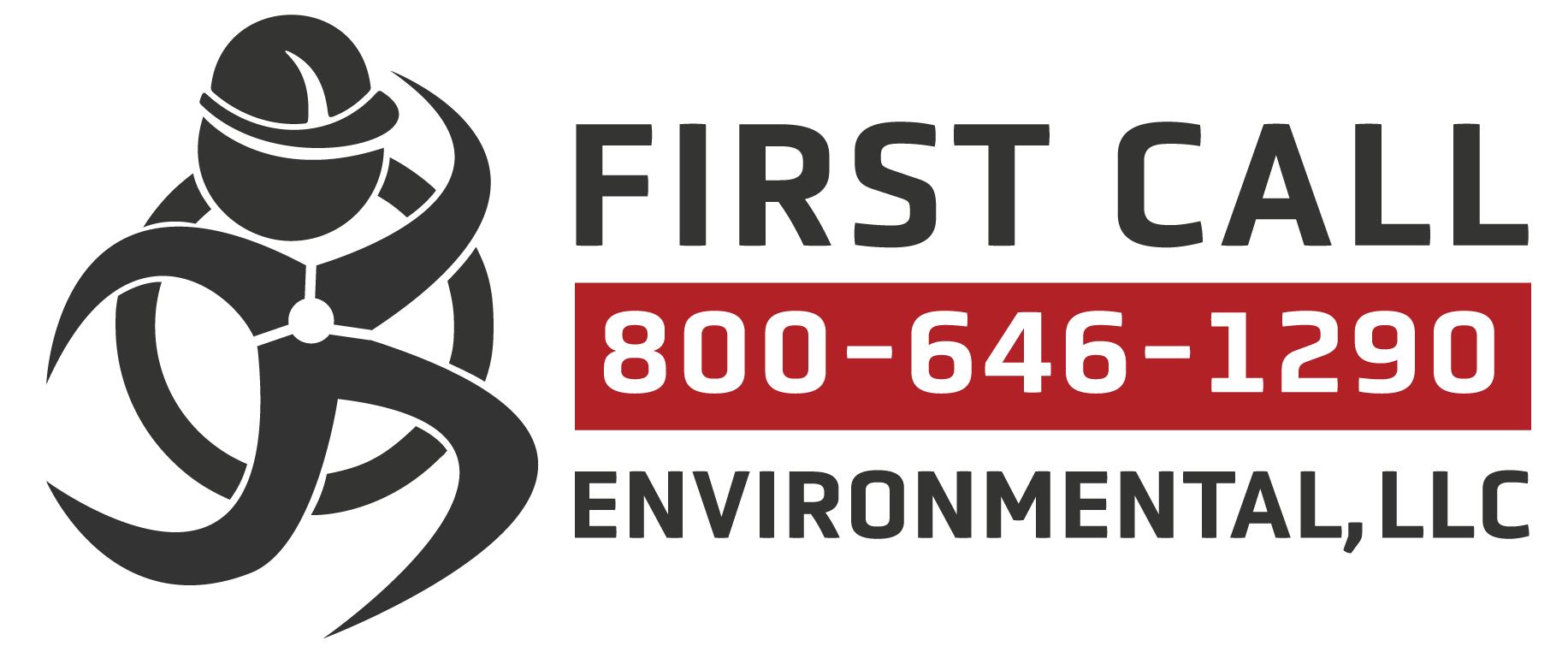First Call Environmental understands the value of decontamination of personnel and equipment.
Decontamination is the process of removing or neutralizing contaminants that have accumulated on personnel and equipment. It is critical to the health and safety of employees at hazardous waste sites. Decontamination protects workers from hazardous substances that may contaminate and eventually permeate the protective clothing, respiratory equipment, tools, vehicles, and/or other equipment used on site. It protects all site personnel by minimizing the transfer of harmful materials into clean areas.
Technical decontamination should be fully operational before the entry team begins operation in the hot zone. Decontamination relies heavily on water, so a supply must be established from a domestic source. Soap and water are the only decon solutions that should be used on personnel in PPE.
Initially, from a priority standpoint, emergency decontamination is more concerned with reducing the effects of hazardous materials or terrorist agents on victims. Preventing cross contamination becomes a secondary issue. The idea is to get the hazardous materials off of the person or persons contaminated as quickly as possible so that the damage to the affected area can be minimized. Emergency decontamination should be conducted upwind and uphill from victims. Emergency decontamination applied quickly upon arrival will help reduce the effects of agents on the body.
Emergency decontamination works well for hazmat incidents where someone has been splashed with a corrosive or other material that is absorbed through the skin. Damage to exposed skin can continue as long as the material is on the person. Copious amounts of water should be applied to counter the effects and remove the material.

